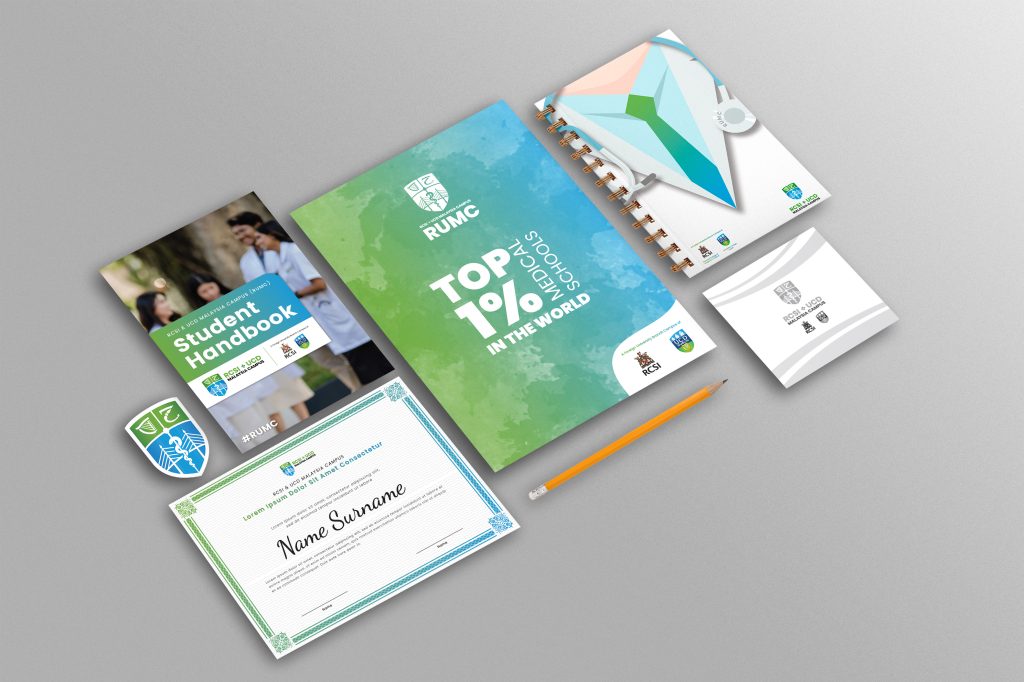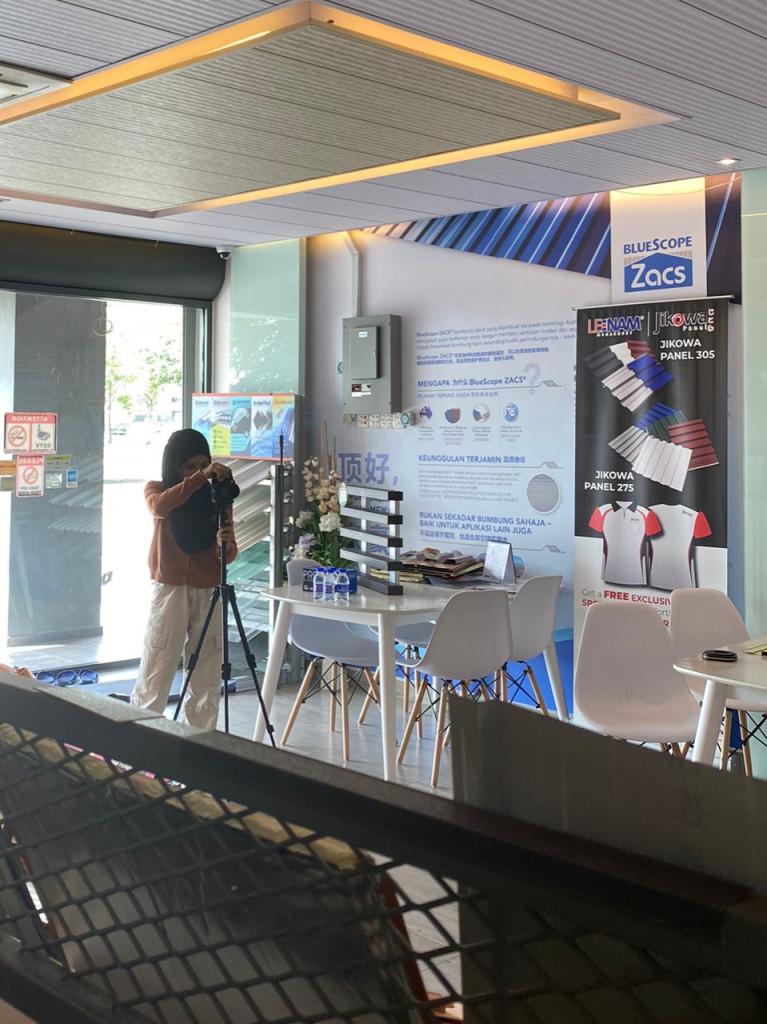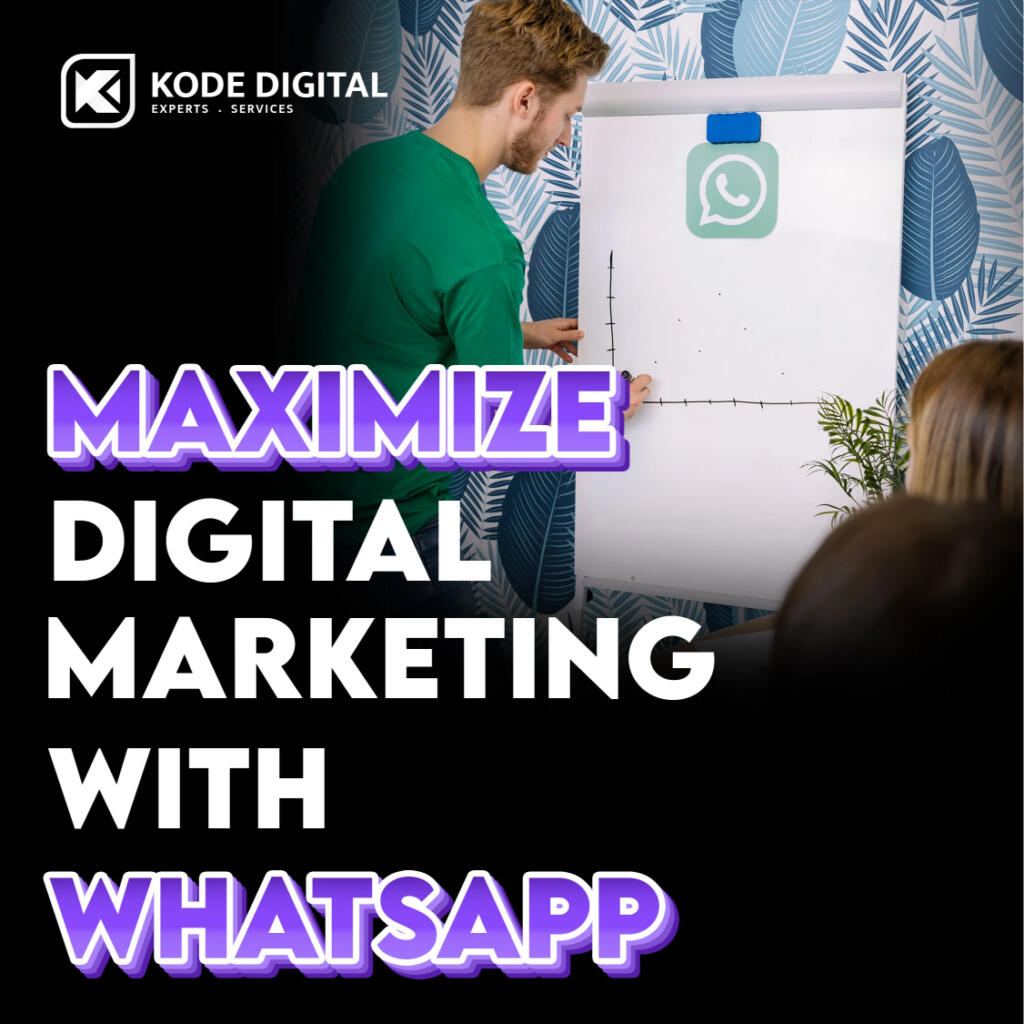Our top-tier consultancy services provide strategic guidance to elevate your entire digital presence.
Learn More
Contents
As a digital marketing executive, marketing is always at the forefront of our business. Then again, what is marketing? Is it an art, a strategy or a plan to, as the name implies, market something?
There’s an art to everything, even marketing. Everyday, businesses and agencies have to skillfully maneuver around sensitivities, legalities and sentiments to promote their products and services. The best of these have learned how to be quirky and snarky with their marketing but know when it’s best to stay simple.
But marketing, for the most part, is all about presentation, the dramatisation of a launch, building anticipation and waiting for the entourage to give a round of applause and say, “I’ll buy your product!”
Circling back to the point, you need to have an understanding of human behaviour, especially in the context of consumerism and cognitive dissonance and how you can leverage humanity’s general inconsistency.

Marketing Psychology, the History of Marketing
Marketing started blossoming in the mid-20th century. Before digital marketing, there were door-to-door salesmen, holding grand galas to sway and persuade anyone and everyone. The 1957 Vance Packard book “The Hidden Persuaders” aims to shed light on using psychological techniques in advertising and marketing. This milestone has sparked further discourse and research on the method and art of marketing.
The book’s narrative lodged hidden persuaders as those who are so good at persuading others that they even manage to persuade themselves and use that superiority to push their goal. At its core, hidden persuaders are ‘marketers’, but there’s no shame in the game.
Some businesses that are life-changing in their efficacy and impact on the modernisation of human civilisation benefit from marketing by way of saying, “Hey, we have this great solution that could benefit everyone. We charge for our services and products, but you get XYZ in return.” Sounds like a fair system.
In the world of exchanging currency for value, marketing exists to dissuade doubts about introducing a potentially beneficial product or service into someone’s life. Some are not born charming or an entrepreneur but have great ideas that could change the world. Who better to help them but the hidden persuaders?
Elements of Marketing Psychology
For the most part, narrative plays a crucial role in the whole endeavour. How you position yourself decides if you’ll have the upper hand in persuading the other party to do a favour in return for a value (product or service.) There is no bad guy; take chess, for example, where both parties just want to win. The deciding factors are experience, predictability and the ability to strategise. Chess is more complex, but you get the gist.

Cognitive psychology discusses how a brain works or reacts and which neural pathway is activated when you’re experiencing an event, simply put. Cognitive dissonance is when an individual is faced with two opposing beliefs that contradict each other.
As an example, Mia is confronted with an ad on Instagram on the benefits of practising yoga. The brand publishing the ad positions itself as a wellness guru that preaches the many benefits of Yogic science. Mia was propped on her couch in her pyjamas at 2 pm when she encountered the ad. Subconsciously, she tries to self-insert herself in the ad due to idealisation (I mean, who wants to admit to being a lazy bum with no self-discipline?)
Cognitive dissonance is triggered upon a self-contradictory incident such as this, and Mia later decides to click on the ‘Learn more’ button before diving into the wellness well. There are no wins and losses. The brand earns a potential lead and activates consumer’s sense of awareness that there ‘is’ a problem.

According to this article, “The human brain can process 11 million bits of information every second. But our conscious minds can handle only 40 to 50 bits of information a second.” To put that speed into perspective, on average, an adult human can read around 200 to 300 words per minute, translating to approximately 300 to 500 bits of information per minute. Meanwhile, an internet connection of around 25 Mbps (megabits per second) comes up to around 200,000,000 bits PER SECOND which is considerably faster.
Your brain is processing more than your conscious brain. When you’re out and about, you can only digest and process so much. That’s why people carry grocery lists, so they can stick to their long-term planning and avoid giving in to irrational decision-making or lapses in judgement due to brain exhaustion.

Humans hate losing more than they like winning. This conundrum is a direct implication of placing value and attachment in things outside of self, conjoined with the ‘fear’ of losing an extension of ourselves or an item we possess.
This is why ‘free trials’ are such an effective marketing scheme, where consumers are exposed to values provided by the service or subscription, and then to avoid losing out on the aforementioned value, they end up paying for the full deal.
IKEA emulates this well by adorning its store with live showroom displays that allow people to roam and enjoy the living spaces available to them. From the colourful duvet to expensive woodwork, the furniture retail company encourages visitors to indulge in their decorated spaces, but only when they visit the outlet.
Pair this with limited-time offers, seasonal promotions, and good deals from As-is sections filled with items that are ‘good as new’ but are demoted to second hand prices. All encourage a sense of exclusivity and that, “This is the last time the deal will be this good!”

The most widespread and utilised marketing psychology is the one that uses the least amount of brainpower. Humans are reliant on vision as one of our primary senses, as it allows us to perceive and understand our surroundings, objects, people and events.
Visual content has been among the top marketing trends since Meta’s inception to Instagram’s heavily visual mechanism. According to Vengage’s article, coloured visuals increase people’s desire to read content by 80%, while content with images increases view rates by 94%.
This is due to the fact that the majority of people are visual learners, whereby our brain processes images 60,000 times faster than text; a study published in 2006 by the University of Pennsylvania found that the human retina can transmit data to the brain at a rate of about 10 million bits per second.
That is a large amount of data transferred at an extremely faster rate than 200 to 500 bits per minute spent reading a paragraph. Due to this, we’re more inclined to rely on visual perception, especially ones that are centered on the visual pattern and principles to visual attractiveness.

Marketing IS psychology
Seeing how the human brain exhibits behaviour patterns sheds light on our cognitive functions and flaws. From the moment we wake up to the hours we hit the hay, our brains are functioning at 110% (more or less). Marketing requires wit and creativity, the delicate art of persuasion and the persevering grit of convincing.
General marketing requires understanding your target audience and how they would respond to your copywriting and content, followed by providing them with a pathway down your marketing funnel. The deliberate conversion from unaware to consumers involves a lot of planning that requires playing with our cognitive function. Don’t be mad at marketers; marvel at how easily we can be influenced (or convinced!)
And maybe take the necessary steps to analyse how our brain works, so the next time you stumble upon a marketing scheme, you can break down the principles and make rational decisions.
Find out more on how your business can benefit from digital marketing psychology by consulting Kode Digital today!
























